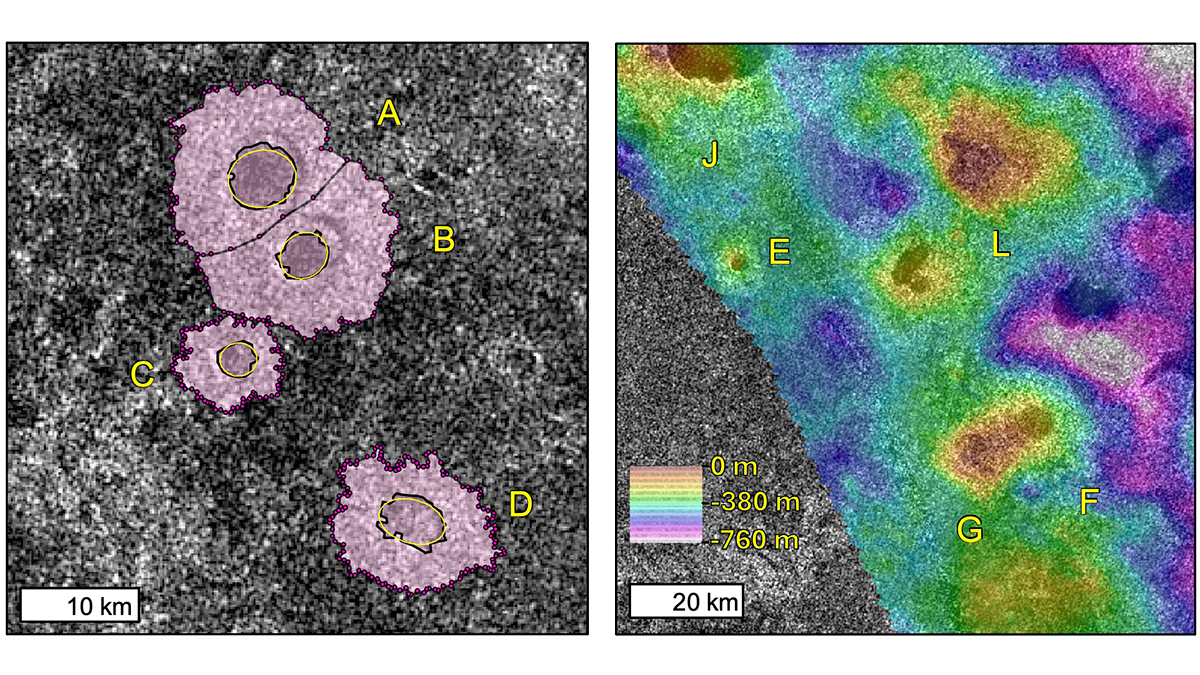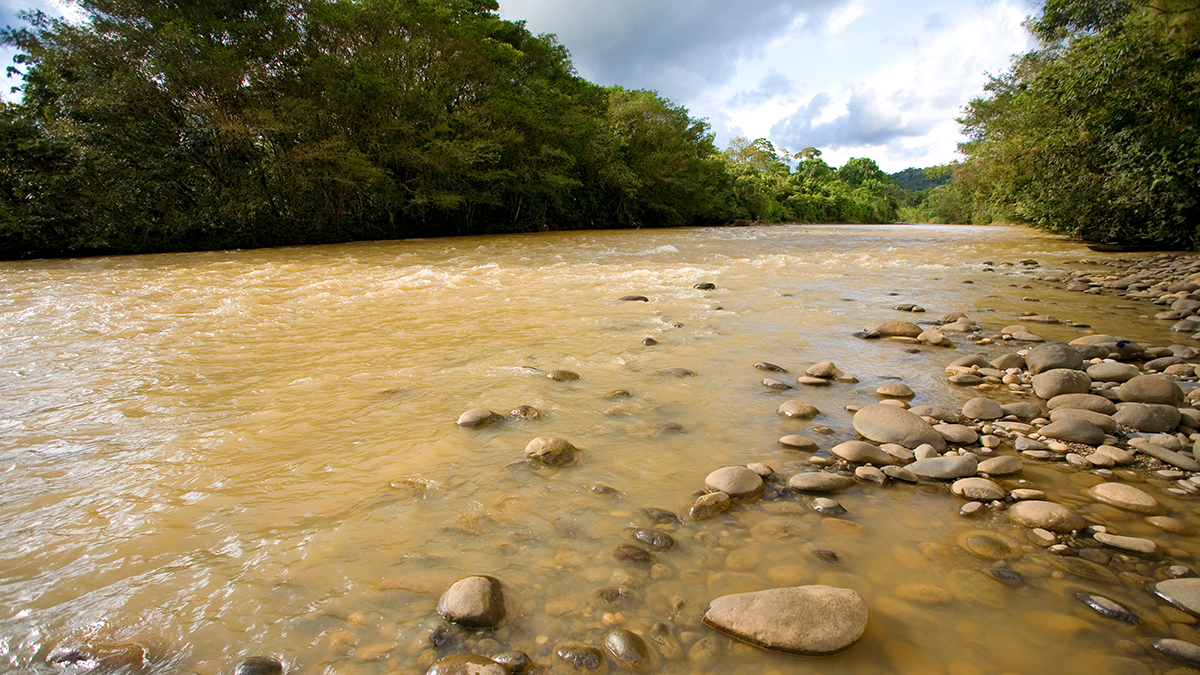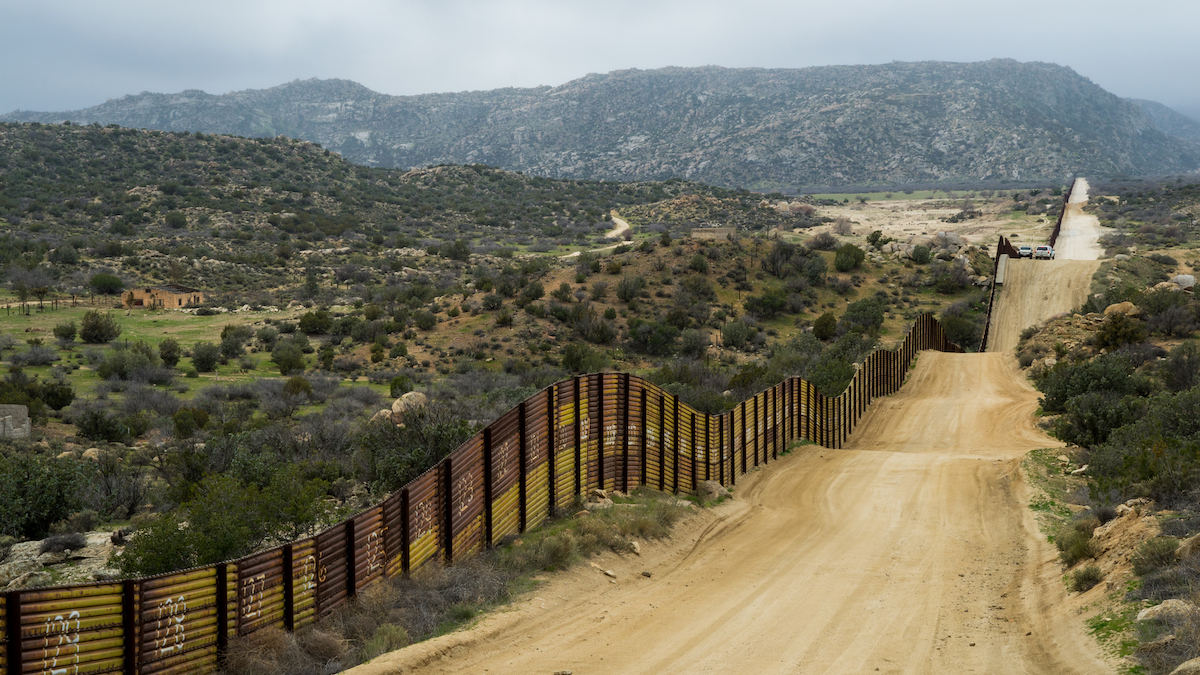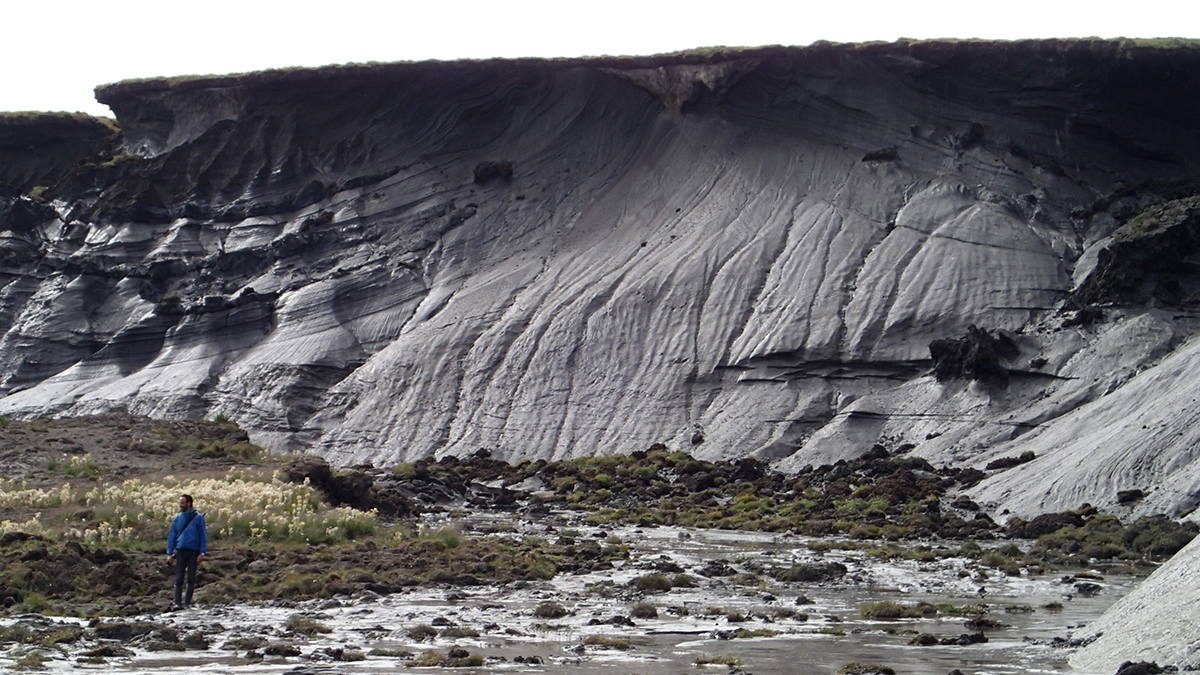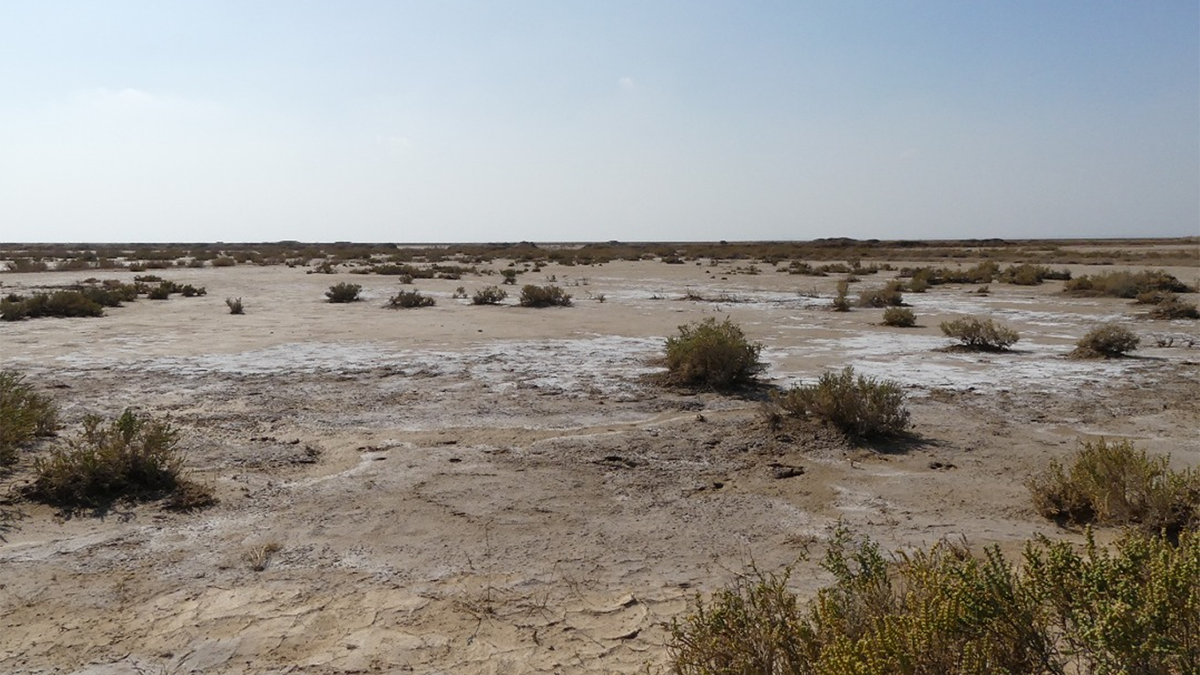In a new study, volcanic explosions are explored and modeled to understand the possible origins of rampart craters on Titan and determine whether their formation can source atmospheric methane.
Modeling
Compositional Anomalies Complicate Our Model of Mantle Convection
A new study expands on recent research which suggests that oceanic crust accumulates in the mid-mantle. The new seismological constraints advance our understanding of thermo-chemical planetary evolution.
Physics and Biology as Likely Stream Bedfellows
Streambeds are key sites for removal of nutrients and other contaminants through microbial processes, but are limited by diffusion, which can now be modeled from streambed physical properties.
The Arctic’s Uncertain Future
Over the next century, the Arctic will change and look much different than it does today. Just how different is still unknown.
How Does Subsurface Lithology Speak to Hillslope Morphology?
Subsurface flow hydrology connects soils and bedrock lithology to long-term catchment evolution in humid landscapes.
Weather Extremes Influence Human Migration Between Mexico and the United States
Undocumented immigrants from agricultural areas in Mexico are most vulnerable to drought and seasonal weather patterns.
理解区域海平面上升的途径
更精细分辨率的模型,以及对大陆架-海洋过程的更好理解,是理解不同的海岸将如何受到海平面上升、极端风暴潮和海浪影响的关键。
Thawing Permafrost Is Affecting Climate, but It’s Unclear by How Much
Models produce widely varying estimates of how ecosystems in the northern permafrost region are currently affecting the global greenhouse gas budget.
Soil Salinization: A Rising Threat to Ecosystems and Global Food Security
As soil salinization intensifies, it poses serious threats to ecosystems, soil health, global food security and socio-economic stability.
A Close Asteroid Encounter May Have Once Given Earth a Ring
An unusual concentration of impact craters suggests that they may have been caused by the breakup of an asteroid that created a temporary debris ring around Earth.

